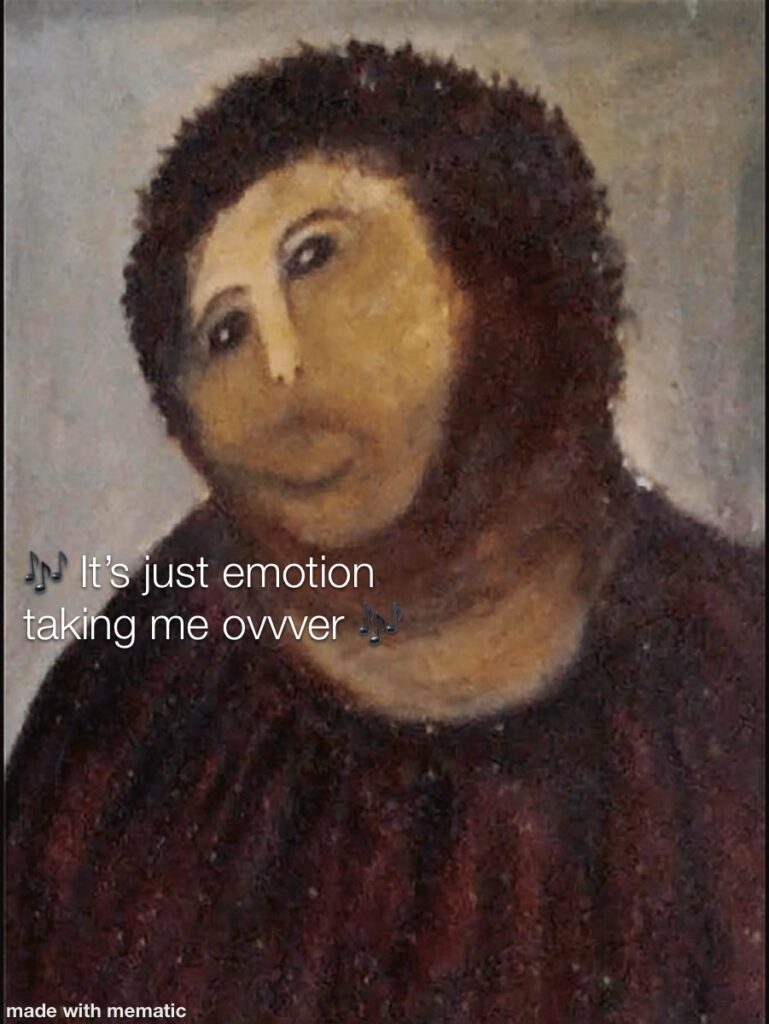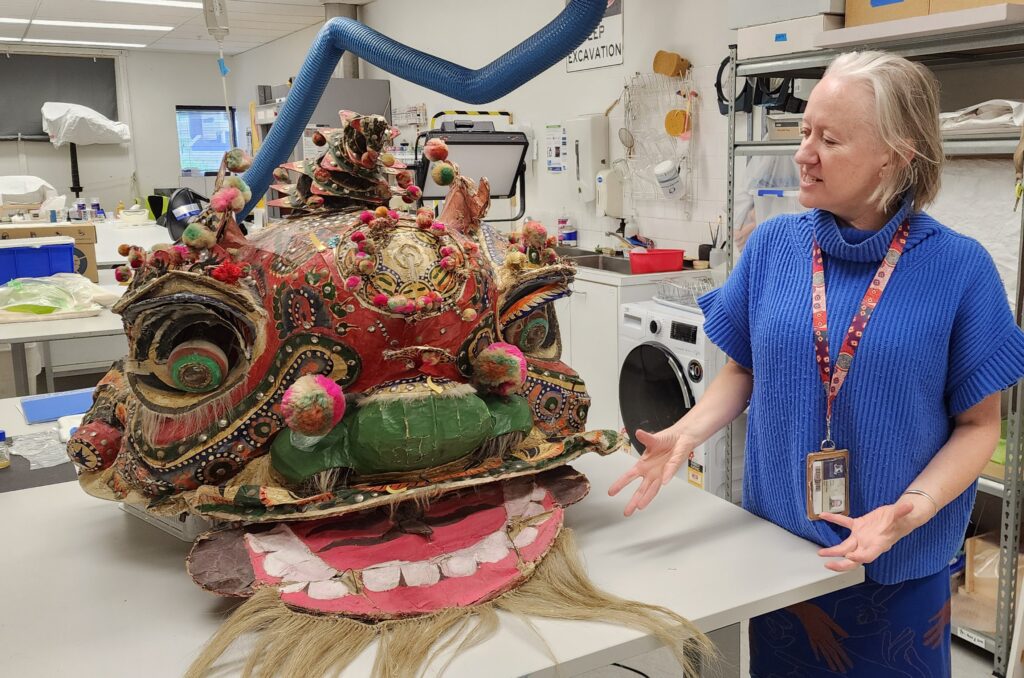
By Professor Jane Henderson ACR, FIIC, SFHEA, FRHistS Secretary General International Institute of Conservation
Some still view conservation as a purely technical discipline, where decisions are made with mathematical precision, guided solely by data. A small group of conservators still insists that science holds all the answers. But in today’s heritage landscape, the idea that conservators prowl museums to prevent fun, ready to intervene at the slightest touch or speck of dust is more of a persistent myth than reality. In practice, I rarely encounter such conservators.
As the Grimwade Visiting International Scholar, I’ve been researching risk management and in my discussions, emotion has been a recurring theme. People speak of their excitement, joy, and gratitude for the opportunities in their work. Yet, I’ve also heard frustration, sadness, and, most concerning, fear. Some worry that expressing an identity or perspective could lead to serious consequences for themselves or their institutions. The information their work reveals, or simply the juxtapositions they create help to bring out new and sometimes challenging stories, creating fear of repercussions from those who don’t want the story to be told.
Nonetheless conservators love their objects. Perhaps sometimes even too much! It is almost a rite of passage into the profession that when you start to worry about something you are working on as if it was a family member.

I have spoken with conservators working to enable touch tours, to attract new audiences and extend representation, with conservators working out how to take art directly into community spaces and conservators working in partnership with the communities for whom the collections are so special. Nonetheless the myth of the conservator who always says ‘No’ prevails. Changing this perception isn’t solely the responsibility of conservators — it also falls to the broader cultural heritage sector. But conservation could help itself by more openly sharing the joy, the pain, challenges, and possibilities their work brings.
While conservators may not be the face of museum interactions, they are at the forefront of decisions that shape the fate of objects valued by communities that trust museums to protect them. With their responsibilities of role conservators may worry that allowing active engagement could cause harm. Interestingly, in my research, the greatest concern wasn’t fears of small tears or fingerprints, rather the fear of judgment. That said, when handling large, heavy stone objects, it is absolutely the fear of them falling that conservators worry about.
Conservation decisions are often permanent, and a fear of retribution may make conservators retreat under the comfort blanket of attributing their decisions to data. In reality, in my conversations with conservators everyone acknowledges that emotional factors play a huge part in their decision-making. It’s therefore vital that the emotion of conservation is brought out, discussed, observed, and analysed because it is only through exposing our ideas to feedback and exchange that we can work on providing effective and accountable emotional conservation.
Jane is a lifelong conservator and will always be a conservator regardless of her employment situation. Jane is currently at risk of redundancy from her post as Professor of Conservation at Cardiff University. Jane’s perspectives on conservation stem from her lived experiences and observations from her life in the heritage sector in Wales. Jane was honoured to be the Grimwade Miegunyah visiting fellow in early 2025.